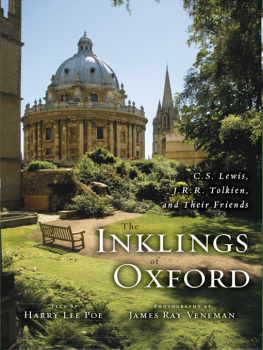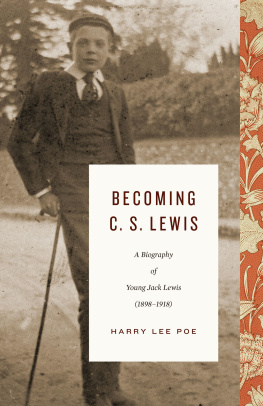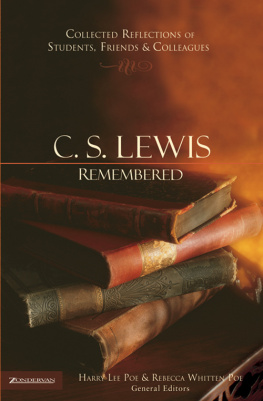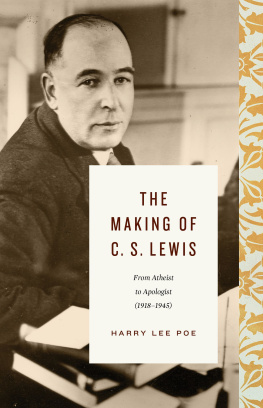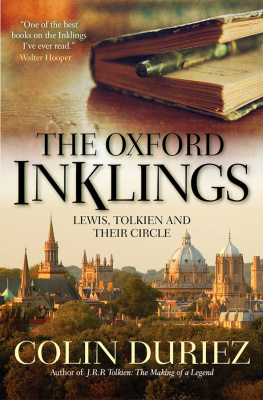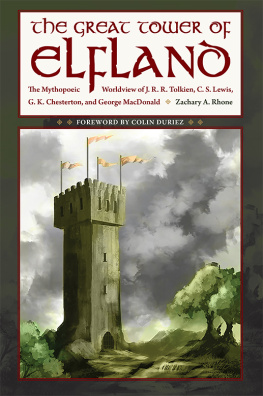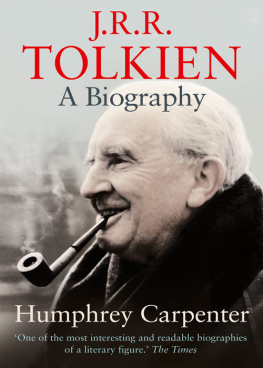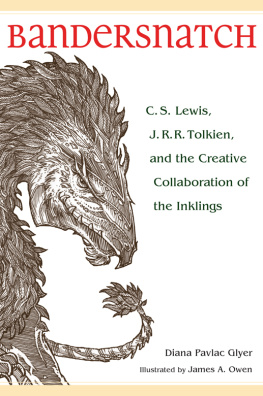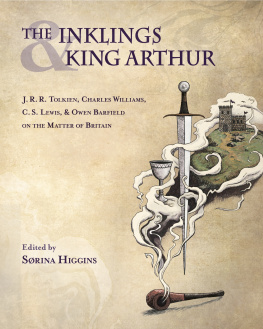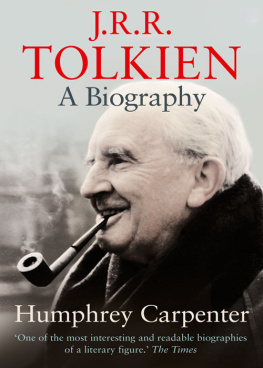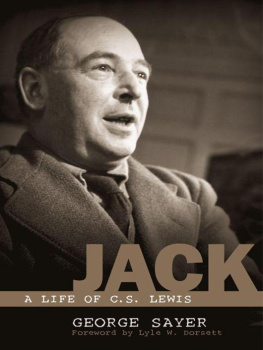ZONDERVAN
The Inklings of Oxford
Copyright 2009 by Harry Lee Poe
All rights reserved under International and Pan-American Copyright Conventions. By payment of the required fees, you have been granted the non-exclusive, non-transferable right to access and read the text of this e-book on-screen. No part of this text may be reproduced, transmitted, downloaded, decompiled, reverse engineered, or stored in or introduced into any information storage and retrieval system, in any form or by any means, whether electronic or mechanical, now known or hereinafter invented, without the express written permission of Zondervan.
ePub Edition August 2009 ISBN: 978-0-310-86635-0
Requests for information should be addressed to:
Zondervan, Grand Rapids, Michigan 49530
Library of Congress Cataloging-in-Publication Data
Poe, Harry Lee, 1950
The Inklings of Oxford : a pictorial account / text by Harry Lee Poe ; photography by Jim Veneman.
p. cm.
Includes bibliographical references.
ISBN 978-0-310-28503-8 (pbk.)
1. Inklings (Group of writers) 2. Inklings (Group of writers)Pictorial works. 3. Authors, EnglishHomes and hauntsEnglandOxford. 4. Authors, EnglishHomes and hauntsEnglandOxfordPictorial works. 5. Oxford (England)Intellectual life20th century. 6. Oxford (England)Biography. 7. Oxford (England)Pictorial works. 8. University of OxfordBiography. 9. University of OxfordPictorial works.
I. Veneman, Jim, 1952II. Title.
PR478.I54P64 2008
820.900912dc22
2008042453
All photos, unless otherwise indicated, are by James Ray Veneman; copyright 2009 by James Ray Veneman. Used by permission. All rights reserved.
The black-and-white photographs on pages 10, 18, 24, 28, 60, 62, 77, 80, 89, 93, 111, and 141 are used by permission of The Marion E. Wade Center, Wheaton College, Wheaton, IL.
The photographs of J. R. R. Tolkien on pages 10 and 132 are used by permission of Billett Potter. All rights reserved.
Scripture quotations, unless otherwise indicated, are taken from the Holy Bible, New International Version. NIV. Copyright 1973, 1978, 1984 by International Bible Society. Used by permission of Zondervan. All rights reserved.
Internet addresses (websites, blogs, etc.) and telephone numbers printed in this book are offered as a resource to you. These are not intended in any way to be or imply an endorsement on the part of Zondervan, nor do we vouch for the content of these sites and numbers for the life of this book.
All rights reserved. No part of this publication may be reproduced, stored in a retrieval system, or transmitted in any form or by any meanselectronic, mechanical, photocopy, recording, or any otherexcept for brief quotations in printed reviews, without the prior permission of the publisher.
Interior design by Michelle Espinoza
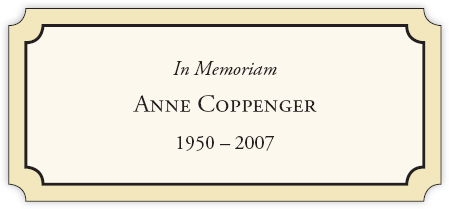
W hen I first went up to Oxford in 1979 to read the English Puritans with Barrie White, I had never read the Chronicles of Narnia or the Lord of the Rings. I had never heard of the Inklings. I had heard of Tolkien and his Hobbits (who didnt wear shoes and had hairy feet) during my undergraduate days in the late 1960s. It all sounded subversive to me then. As for Lewis, I did not understand why my friends in seminary, grown men no less, should get so excited about childrens stories. The summer before going to Oxford, however, while serving as a prison chaplain, I decided to take a week and read one of the Narnia books each day. They proved charming.
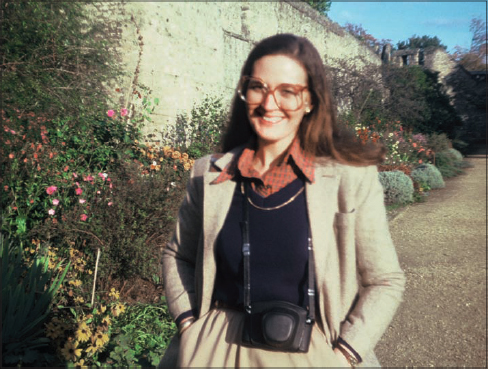
Anne Coppenger beside the old city walls of Oxford in the gardens of New College where Lord David Cecil and Christopher Tolkien were fellows
When I went to Oxford, my friends who were so excited about Lewis and Tolkien asked if I would mind showing one of their friends around Oxford when I got settled. A few weeks later, a woman named Anne Coppenger came to town from Scotland, where she had been teaching. I was at Regents Park College in St. Giles, which shares a common wall with the Eagle and Child pub, and Anne stayed in the little hotel that then occupied the building at the corner of Pusey Street and St. Giles, where the Tolkiens first lived in Oxford. As it turned out, I did not show Anne around. Instead, she gave me the tour that eventually turned into this book.

J. R. R. Tolkien ( Copyright Billett Potter, Oxford)
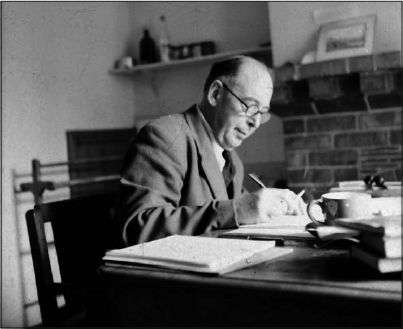
C. S. Lewis (Used by permission of The Marion E. Wade Center, Wheaton College, Wheaton, IL.)
Along the way I have written a number of articles about Lewis and Tolkien. The first reviews I ever wrote for scholarly journals were of Walter Hoopers Through Joy and Beyond and the Clyde Kilby and Marjorie Mead edition of Warren Lewiss diary. I have taught a course on Lewis for several years. I have enjoyed the company of the C. S. Lewis Society of Memphis for many years. I have had the pleasure of meeting many of Lewiss former students, which led to the publication of a volume of essays entitled C. S. Lewis Remembered, a book I edited with my daughter, Rebecca. I had the pleasure of leading a seminar on Apologetics in a Postmodern Age for the 1998 C. S. Lewis Summer Institute, where I met Chuck Colson, who credits Lewis as playing a major role in his own conversion. Several years later, Colson lent his name and the support of Prison Fellowship to the professorship I now hold. In 2002 and 2005 I was invited by Stan Mattson, president of the C. S. Lewis Foundation, to serve as program director for the C. S. Lewis Summer Institute. I do not consider myself a C. S. Lewis scholar, but I have noted that Lewis appears prominently in the index of twelve of the fifteen books I have written. His insights have informed my scholarship about the gospel and culture. And it all began with Anne Coppenger, to whom and for whom I am most grateful.
Now for the punch line. I had been waiting for years for someone to do this book, and having lost patience, I decided to do it myself. I wanted to see the places I had visited, but more, I wanted those who have grown to love the Inklings through their writings to see the town where they lived and worked and played. Several fine books have been written about the Inklings in addition to the fine biographies of individual members. But I wanted a picture book for the average person. I thought about taking the pictures myself for almost three minutes. Vanity passed and my mind fixed on Jim Veneman, a truly gifted artist with a camera. He immediately agreed to a collaboration, and we spent ten days in August 2007 taking the shots. While sitting beside the river at the Trout one evening, eating a splendid meal, Jim reminded me that he had attended Ouachita University in Arkansas. I remembered that Anne Coppengers father had taught philosophy at Ouachita, and I asked Jim if he knew of Dr. Coppenger. A huge smile crossed his face, and for the next thirty minutes he told me about the extraordinary Coppenger family and how much they had meant to so many students over so many years. So, to the Coppengers, Jim and I both thank you.

